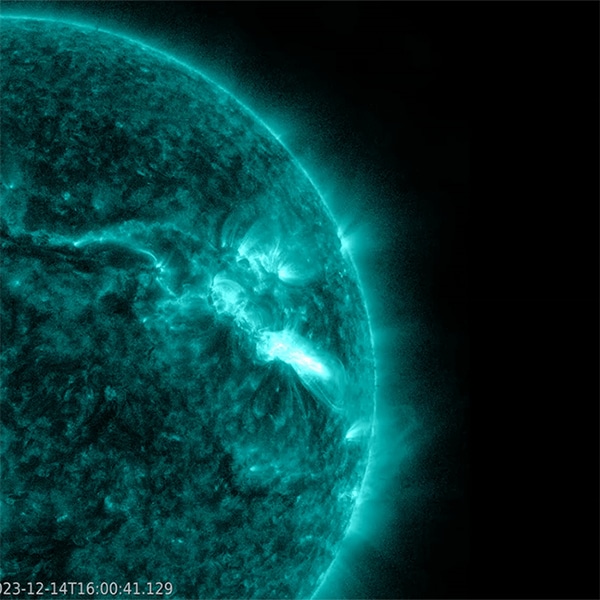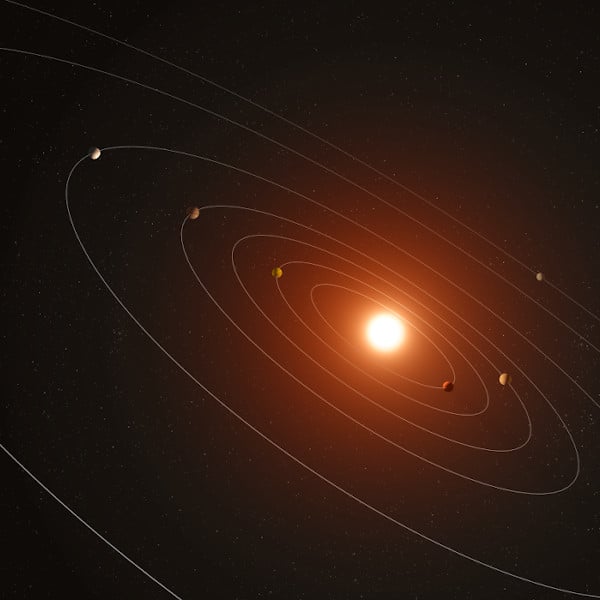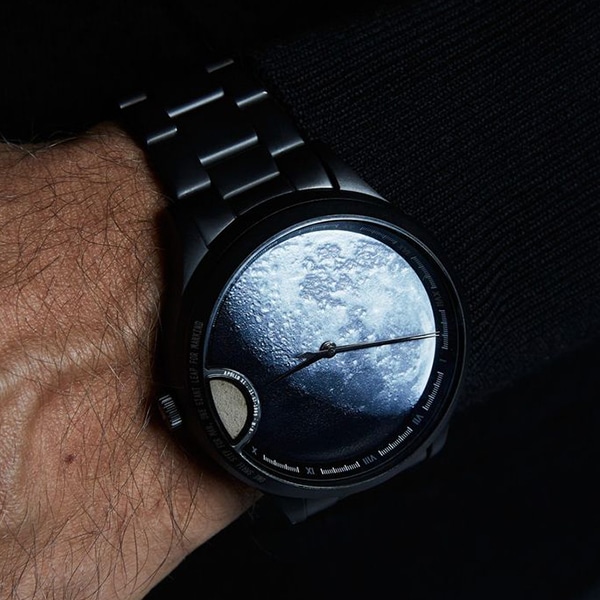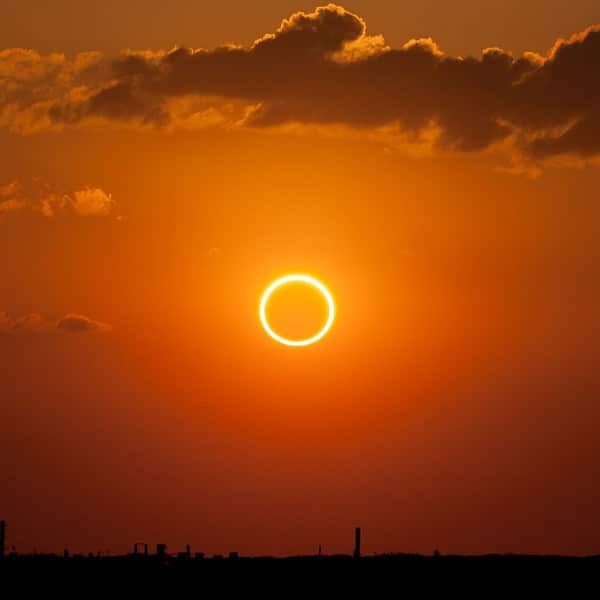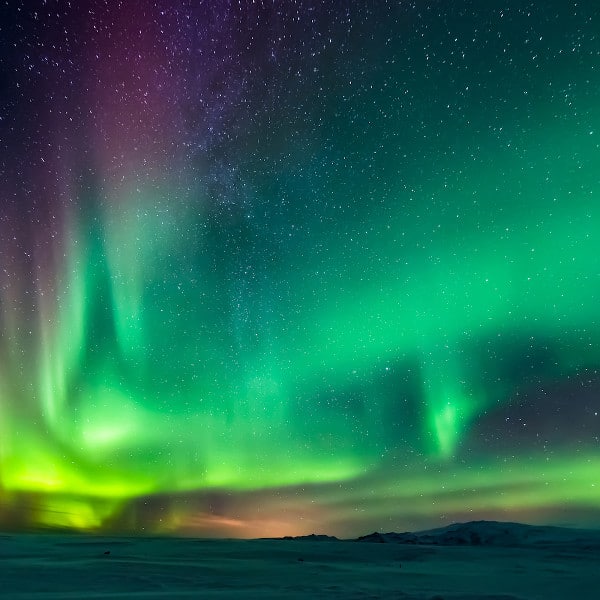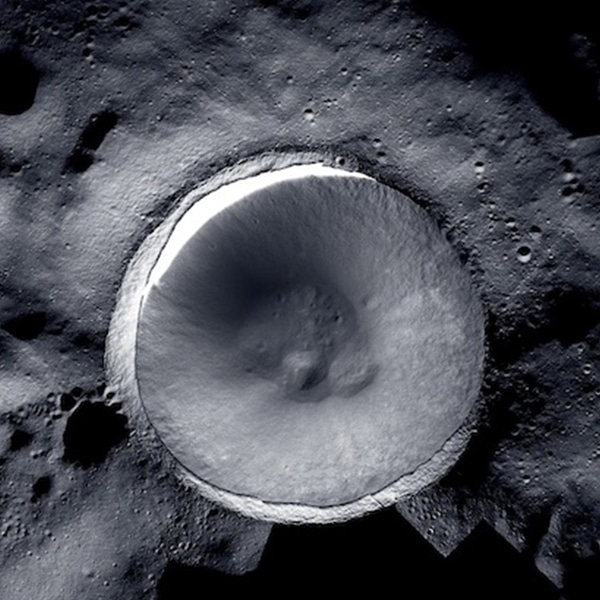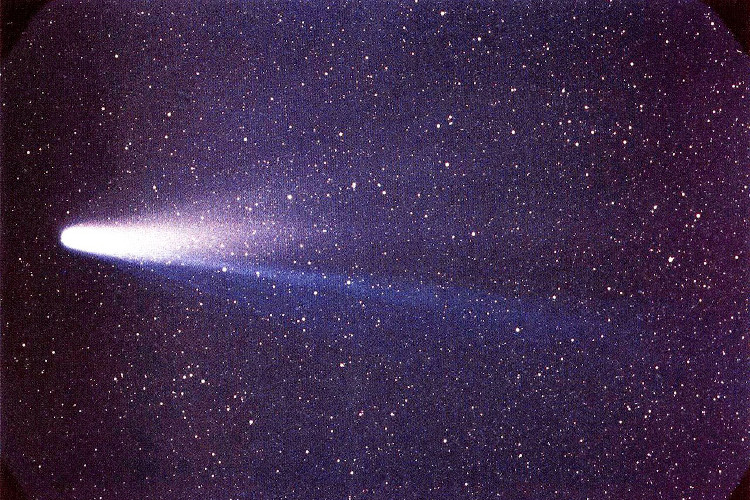
Photo: NASA/W. Liller via Wikimedia Commons (Public domain)
Halley's Comet is one of the most fascinating astronomic events ever, with records dating back to a thousand years ago. It was last visible from Earth in 1986, and since it comes around every 75 to 79 years, its next sighting will take place in July 2061. And while that seems a while away, we can now start looking forward to its return. As of December 8, 2023, Halley's Comet is on its way back through the solar system towards Earth.
The comet travels around the Sun in a flattened elliptical orbit that takes it beyond the outer limits of the solar system, before bringing it back right around the Sun. And after decades of traveling away from our star, it has reached the farthest point of its orbit, also known as aphelion. Located 3.27 billion miles away from the Sun, it's roughly 472.2 million miles beyond the orbit of Neptune. The last time Halley's Comet was at this point in its orbit was in April 1948.
Now that Halley's comet is on its way back, it means that for the first time in nearly 38 years it will be getting closer to the Sun. It currently holds a speed of 0.565 miles per second, or about 2,034 miles per hour, which is expected to increase as it gets closer to the inner solar system. “In concert with Kepler's second law of motion, a celestial body moves fastest when it is at perihelion and slowest at aphelion,” writes Joe Rao from Space. So, once Halley passes through aphelion, its orbital velocity will begin to—very slowly at first—increase, on its way inbound toward the Sun.”
Halley's Comet last reached perihelion—its closest point to the Sun—on February 9, 1986, and it will be at that point again on July 28, 2061. Since the comet will be on the same side of the Sun as the Earth during the summer, it will appear at least 10 times brighter than it did 38 years ago—light pollution permitting.
Since Halley's Comet was first photographed during its appearance in 1910, and was first studied with a probe 76 years later, we can only imagine the technological advancements that will be available to scientists next time the comet comes around.
h/t: [Space]
Related Articles:
Incredible Footage Captures the Moment a Comet Collides With Jupiter
Green Comet Makes an Appearance for the First Time in 50,000 Years
80-Mile-Wide Comet Hurtling Towards Earth Captured by NASA’s Hubble Telescope
Photographer Captures Sight of “Christmas Comet” Before It Leaves Our Solar System Forever










































































